Emergency Preparedness
Being prepared for an emergency can save you time, money, stress and, even your life depending on the situation. In this blog, Billy Haley, our director of education, a man who’s passionate about preparedness, and a former special forces medic who’s been saving lives for over 25 years, makes various recommendations on how you can be ready for an emergency.
Preparing Your Home For Emergencies
There are a wide variety of emergencies that can happen at home, ranging from natural disasters to power outages and even home invasions. These are the ways Billy recommends preparing your home for disaster.
Preparing Your Home
There are many ways you can prepare your home for a myriad of things. Here, we’ll focus on a few basic ways you can prepare for several emergencies. Keeping a stocked bug out bag, alternative power sources (such as a portable generator), and a way to stay informed (such as a radio). It’s also always a good idea to have some sort of home security system and cameras installed to protect yourself from intruders.
Supplies to Keep in Your Home
Having these items in your home, knowing where they are, and understanding how to use them can be critical.
-
Baking soda & fire extinguisher
-
Bug out bag
-
First aid kit
-
Jugs of drinking water
-
Locks and a security system
-
Nonperishable or freeze dried food
-
Portable propane-based items such as a stove and lantern
-
Smoke alarms
-
Tools to turn off water and gas
Preparing Your Family
A plan isn’t any good if nobody but you knows what it is, especially if an emergency happens while you’re not around. The same goes for supplies. If nobody knows where the fire extinguisher is, there’s no way to put out the fire. Here are some things the entire family should know ahead of time:
-
Know where everything you might need in an emergency is.
-
Know who to contact based on the emergency (poison control, 911, etc.).
-
Have a plan (for natural disasters, house fire, home intrusion, etc) and ensure everyone knows it.
-
Be aware of local environmental threats (wildfire, flood, etc) and plan for them.
-
Plan where you can take shelter in case of a natural disaster.
Preparing Your Vehicle for Emergencies
You never know what could happen while you’re on the road and far from home. Making sure you have the necessary equipment stored in your car can prevent an emergency, help prevent the worst case scenario, or even save a life. Here’s how Billy Haley recommends preparing your car for a potential emergency.
Preparing Your Vehicle
In order to make sure both you and your vehicle are prepared for an emergency. Make sure to maintain a dedicated emergency first aid kit in your vehicle, always keep the gas tank at least half full in case you aren’t able to get more fuel, keep the fluids and tire pressure topped up, and keep up on general maintenance.
If you are involved in an accident, make sure everyone is okay. Turn your hazards on and move your vehicle to the side of the road or another safe vehicle if possible. Turn your car off and call the police to report the accident. Exchange information with the other driver and take pictures of the damage to both vehicles.
Supplies to Keep in Your Vehicle
-
Blanket
-
Emergency window breaker and seatbelt cutter
-
Flares or triangles
-
First aid kit
-
Flashlight
-
Jumper cables
-
Nonperishable food
-
Power bank
-
Spare tire, jack, and lug wrench
-
Tire repair kit
-
Water
Preparing For First Aid Emergencies
Nobody ever expects to be the person who experiences a freak accident. Even if you’re the most careful person in the world, you’re always at risk of experiencing an emergency. Because of this, it’s important to be prepared with the tools and knowledge you need to save a life.
First Aid Emergencies
In order to be prepared for a first aid emergency, there are a few basic things you need to do. First you need to make sure your first aid kit has all of the supplies you need and that it’s organized in a way that you can quickly find everything even in a stressful situation. It also needs to be stored in any easily accessible place. For example, we don’t recommend storing your first aid kit in the trunk because even a small fender bender can prevent you from being able to open it. Lasly, everyone needs to know where the kit is stored. First aid kits are useless if you can’t find one when you really need it.
Supplies to Keep in Your FAK
Remember, it’s always a good idea to have a free more supplies tahn you think you’ll need. As they say in Special Operations, “Two is one and one is none.”
Life-Saving Items
-
Chest seals
-
Emergency pressure bandages
-
QuikClot
-
NPAs
-
Space blanket
-
Tourniquet
Everyday Injury Supplies
-
Antiseptic wipes
-
Bandages
-
Burn gel
-
Gauze
-
Over the counter medications
-
Personal medication
-
Skin glue
-
Splint
-
Triangular bandage
-
Triple antibiotic
-
ZZIPS
Staying Calm in an Emergency
It can be incredibly scary when you or someone you care about is in danger, whether that be from an injury or some other emergency. However, when you panic, you run the risk of making a mistake or exacerbating the situation. That’s why it’s so important to be calm when disaster strikes. Here are some tips on how to stay calm during an emergency.
-
Avoid getting flustered. Pause, take a deep breath, and assess the situation. Look at the situation objectively, not subjectively.
-
Take a second to collect yourself if you need to. Be methodical so you can perform well. It’s better to take it easy than to get all panicky trying to do everything at once. We have a saying in Special Forces, “Slow is smooth and smooth is fast.” Additionally, remember that calm is quick, but quick doesn’t mean calm.
-
Take charge and remember to communicate. Keeping order cuts down on the chaos that can occur during an emergency. Enlisting help takes some of the stress and burden off your shoulders, resulting in you being more quick and calm. Teamwork goes a long way in an emergency.
-
Anticipate and acknowledge the stress. Accept that emergencies can be stressful. It’s a mindset thing. Like any challenge in life, simply acknowledging the fact that, “Ok, this is probably going to suck, but it’s ok, I can handle it.”
-
Flip the script on stress. Anxiety is the evil twin of excitement. All the feelings, emotions and biological elements are there. Instead of reading those things as, “Oh God, Oh sh**, Oh no…”, flip it around and use them as fuel, “It’s go time!”
-
Anticipate, but don’t be paranoid. Sometimes we find ourselves in situations or places that can be inherently dangerous. Sometimes this is intentional (riding motorbikes, rock scrambling, etc.) and sometimes not. Just be aware and alert. “Ok, I can see how this could get sketchy or go sideways.”
-
Pull yourself together, man! Remind yourself that being collected and calm versus the opposite can not only make the difference between providing marginal or even poor care and quality care. It can be the difference between life and death.
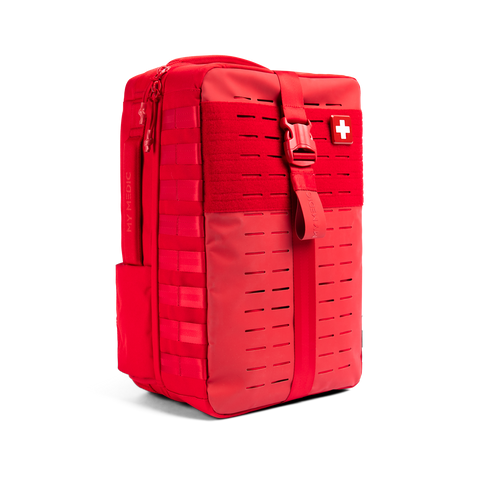 NEW ARRIVALS
NEW ARRIVALS
 BEST SELLERS
BEST SELLERS
 SUPERSKIN™
SUPERSKIN™
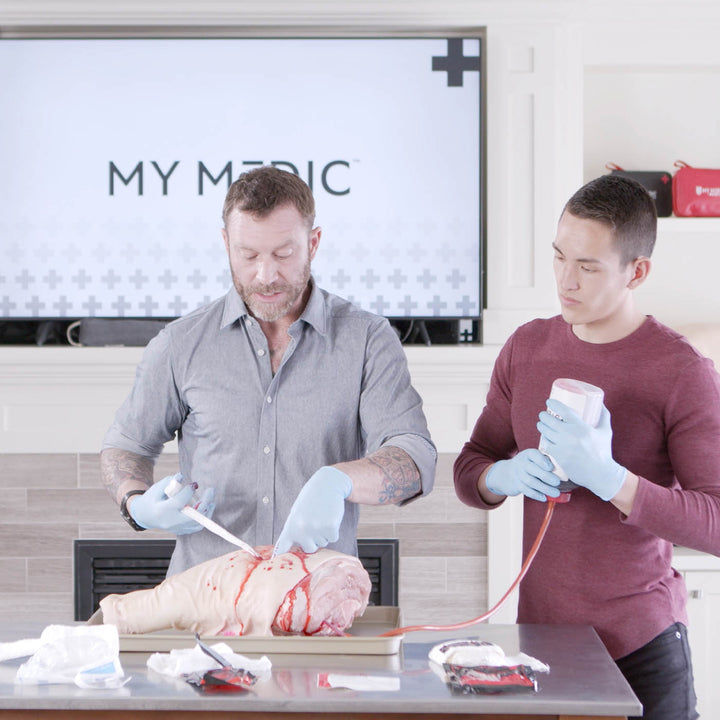 COURSES
COURSES
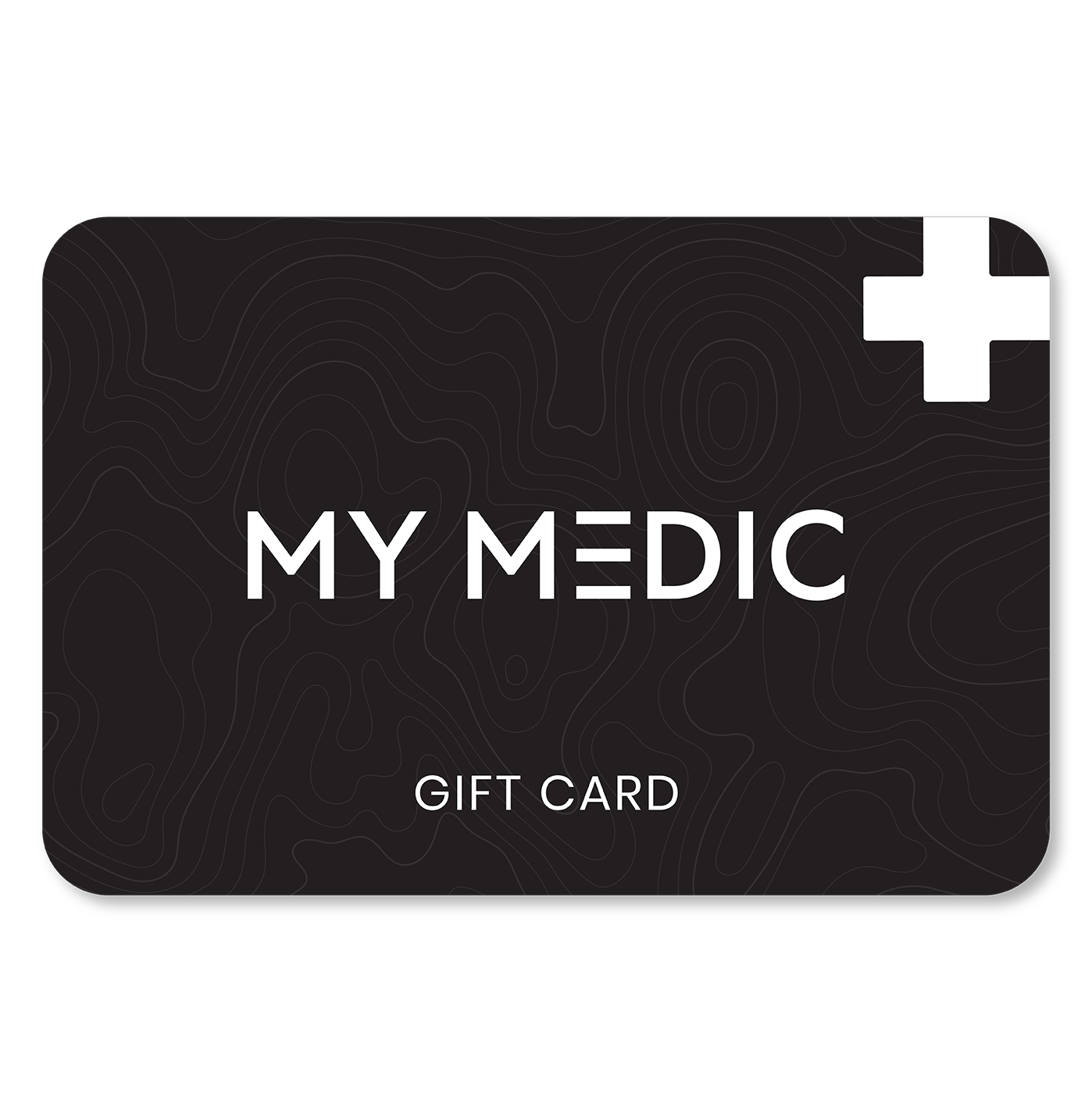 REWARDS
REWARDS
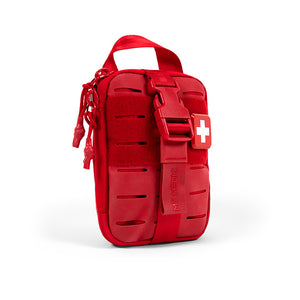 The MyFAK Collection
The MyFAK Collection
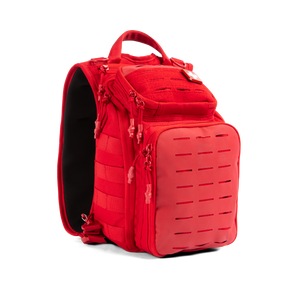 Specialty
Specialty
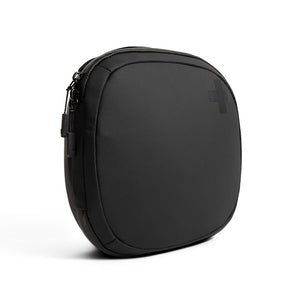 The Ready Collection
The Ready Collection
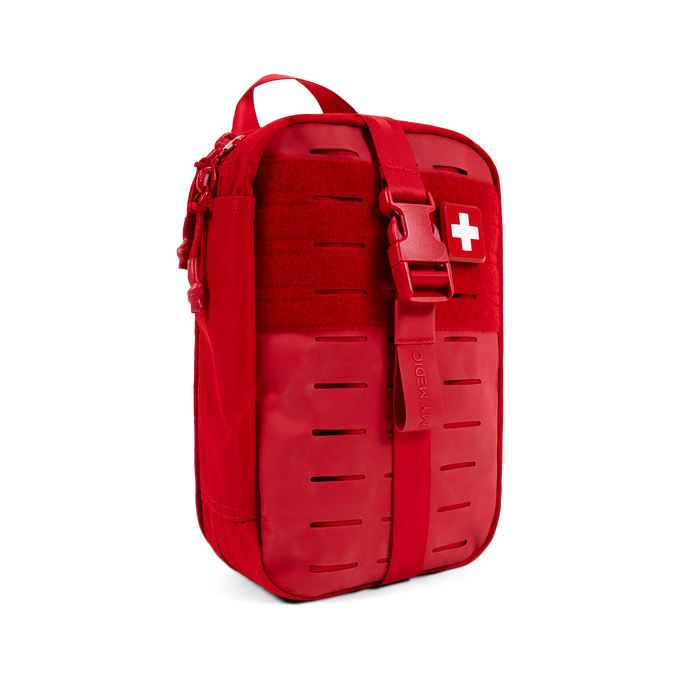
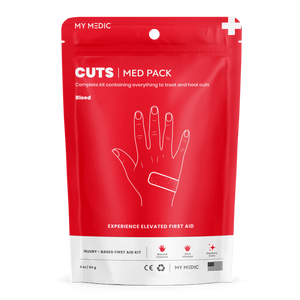 BLEED
BLEED
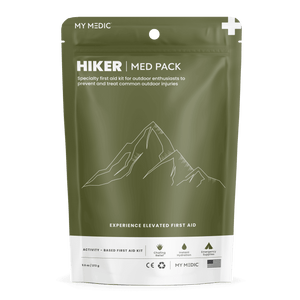 OUTDOOR
OUTDOOR
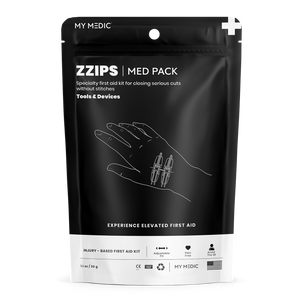 TOOLS & DEVICES
TOOLS & DEVICES
 SPECIALTY
SPECIALTY
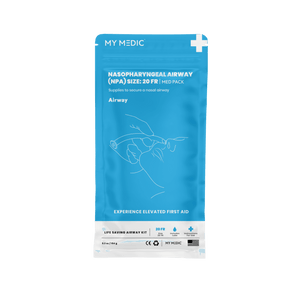 AIRWAY
AIRWAY
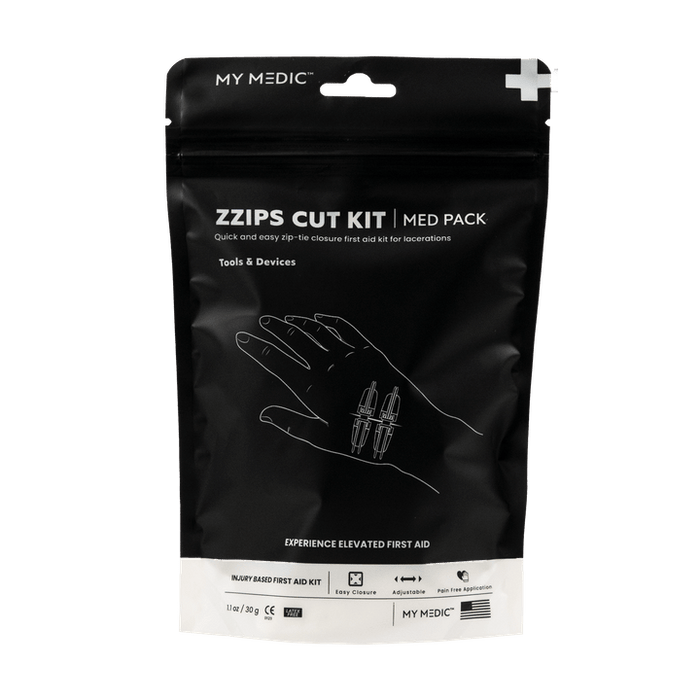
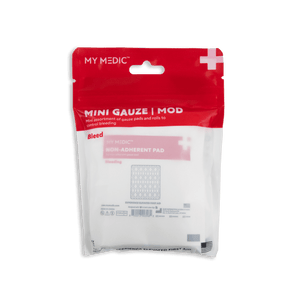 BLEED
BLEED
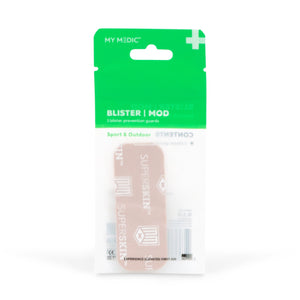 OUTDOOR
OUTDOOR
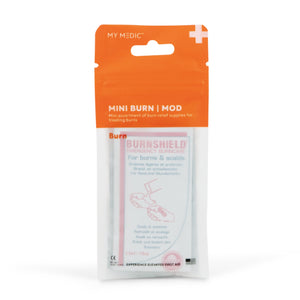 BURN
BURN
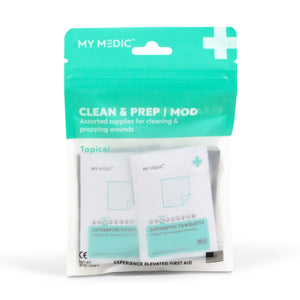 TOPICAL
TOPICAL
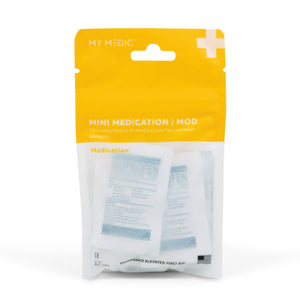 MEDICATION
MEDICATION
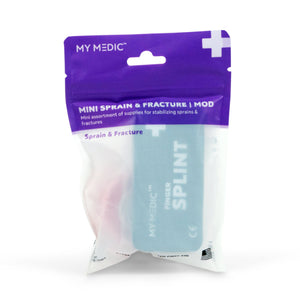 SPRAIN & FRACTURE
SPRAIN & FRACTURE
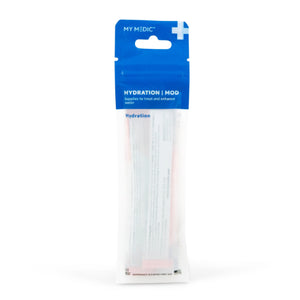 HYDRATION
HYDRATION
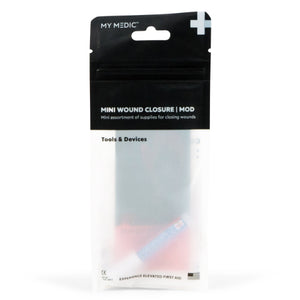 TOOLS & DEVICES
TOOLS & DEVICES
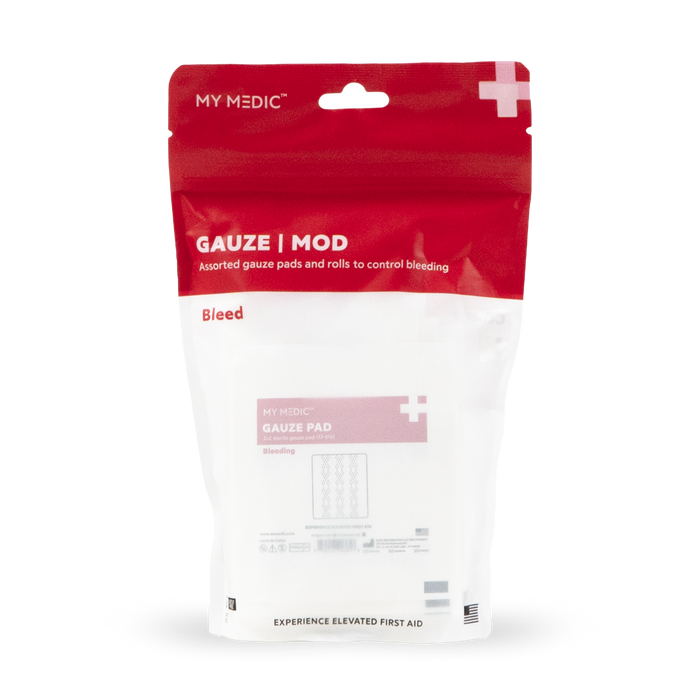
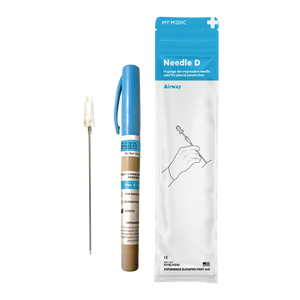 Supply Categories
Supply Categories
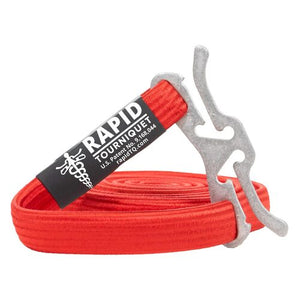 Top Sellers
Top Sellers
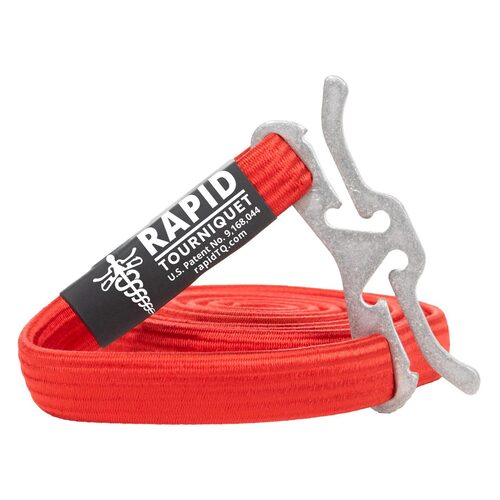






Great writing and we have this covered. Thank you and great work.
———
My Medic replied:
Hey David & Valerie! Thanks for reading, and way to be prepared!
Thank you. Great content. Need to get my car ready.
———
My Medic replied:
Hey Magdalena, it’s always better to prepare as soon as you can! Stay safe out there and have a great week!
Great article.
———
My Medic replied:
Hey Daniel, thanks for reading!
Leave a comment